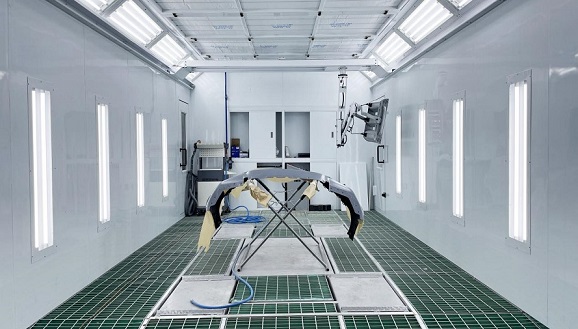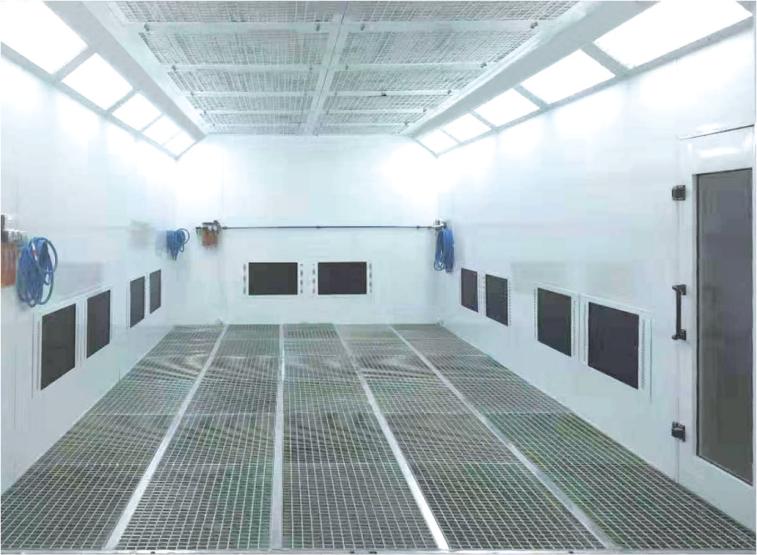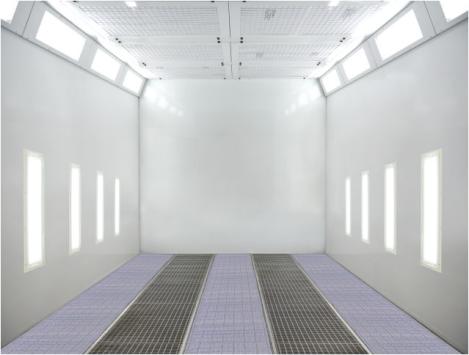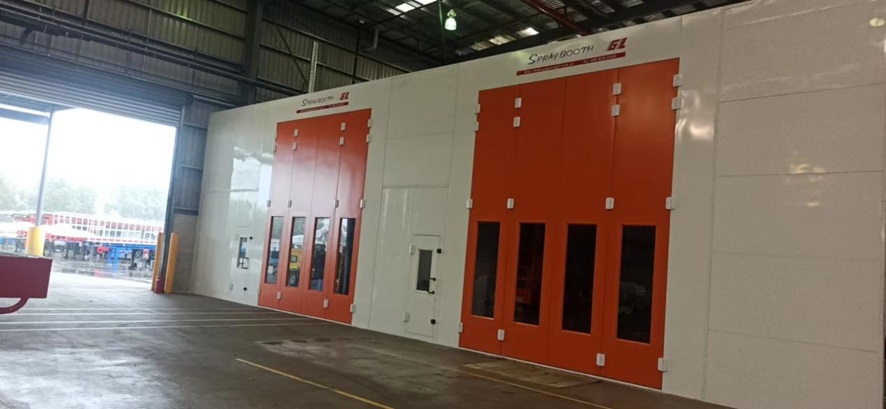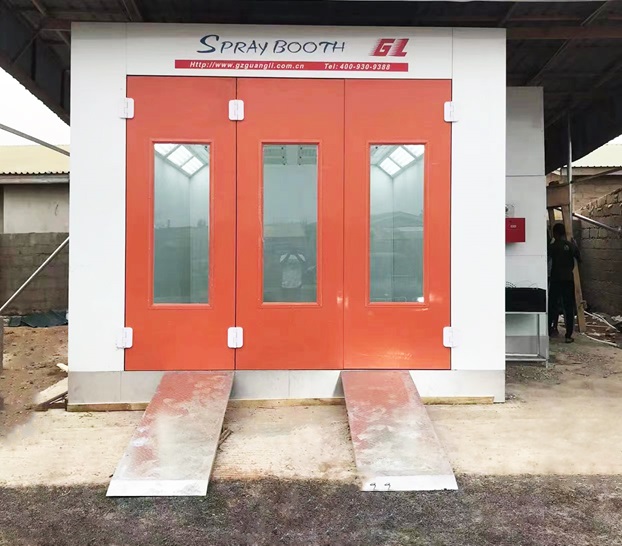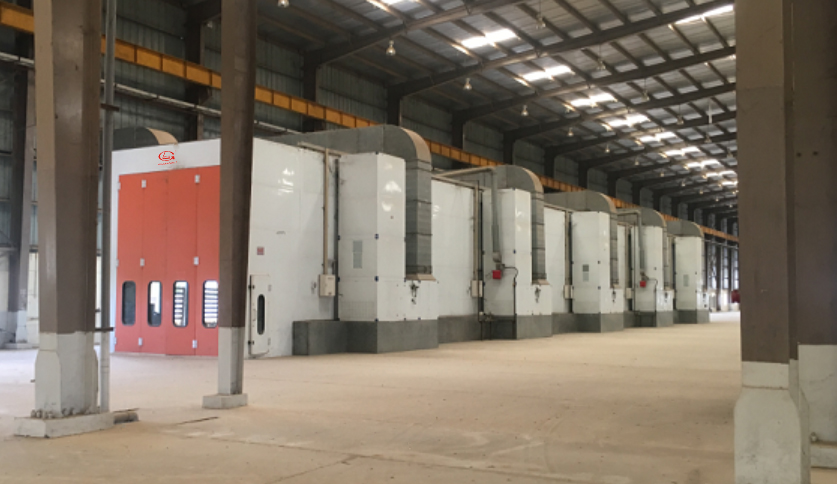Guangli Spray Booth System Line was designed regarding the vehicle model, production quantity, and also the site condition of the repairing shop. This design can promote production efficiency and save a lot of running costs for the 4S workshop.
Take an example of new installation Spray Booth System Line below, composed of four working stations. Audi has one Reserved Working Station, paint preparation bays, one prep station for a floating coat, one prep station for shielding, one spray booths, and one polish rooms.

Different paint finishing apps demand other solutions. By constantly improving material design and technology, manufacturers assure the quality supply of Prep Station and Spray Booth Working Station based on project needs.



